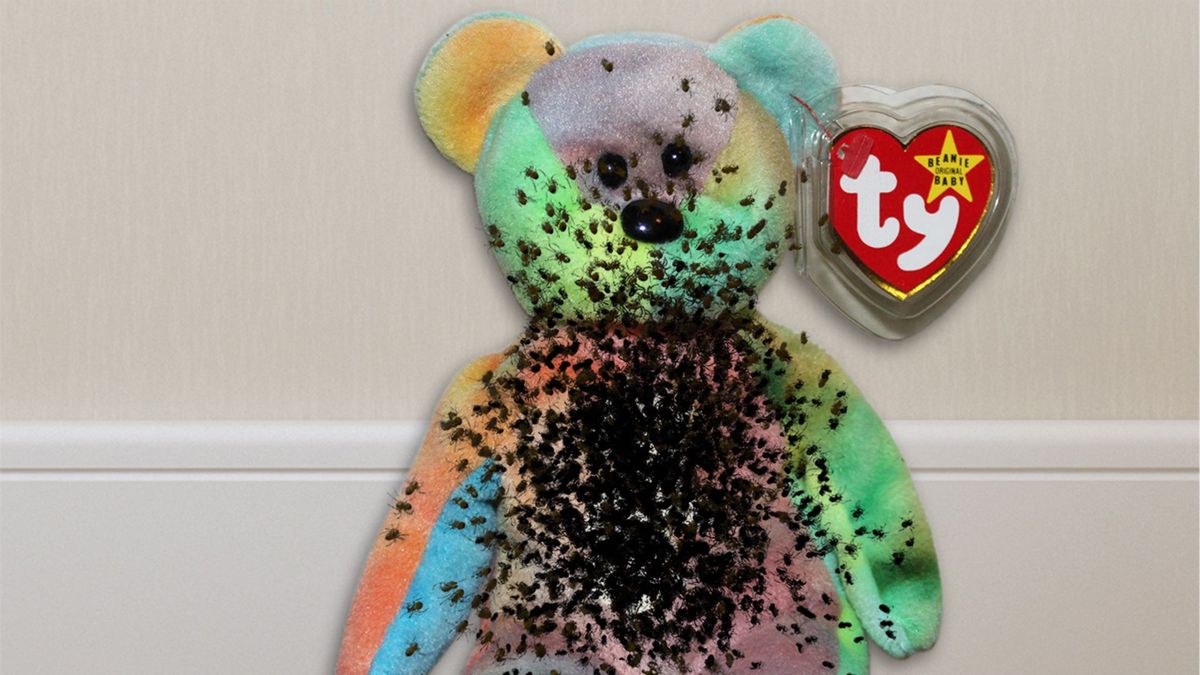On 5 November 2014, the web site Clickhole published an article reporting that spider eggs used to fill the popular Beanie Babies line of stuffed animals back in the 1990s were finally beginning to hatch:
If you were obsessed with Beanie Babies in the '90s, get ready to fall in love all over again, because the spider eggs they used to fill your favorite Beanies are beginning to hatch! Collectors all over the country have been reporting that the long-awaited day has finally arrived, with brown recluse spiderlings bursting through the seams of Beanies everywhere!
That article contains several tidbits of misinformation. First, brown recluse spider eggs don't lay dormant for 20-something years: according to Orkin pest control experts, these little eggs usually hatch about a month after being laid. Second, manufacturer Ty Warner used small plastic pellets or beans to stuff their Beanie Babies, not spider eggs.
Finally, and most importantly, Clickhole is not a news source, but rather a satirical offshoot of The Onion that aims to poke fun at and emulate viral articles, with or without the facts:
We strive to make sure that all of our content panders to and misleads our readers just enough to make it go viral. You see, we don't think anything on the internet should ever have to settle for mere tens of thousands of pageviews. We believe that each and every article — whether about pop culture, politics, internet trends, or social justice - should be clicked on and shared by hundreds of millions of internet users before they can even comprehend what they just read.
Notes
